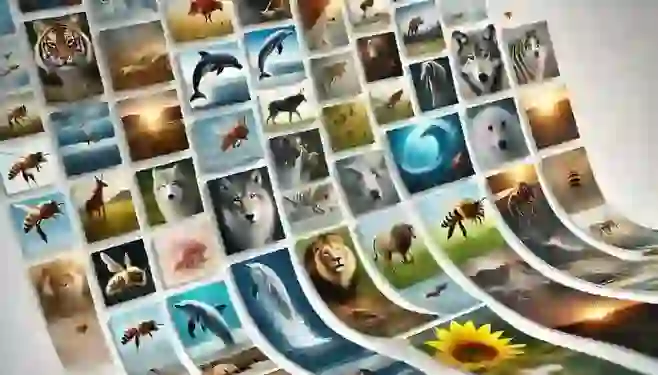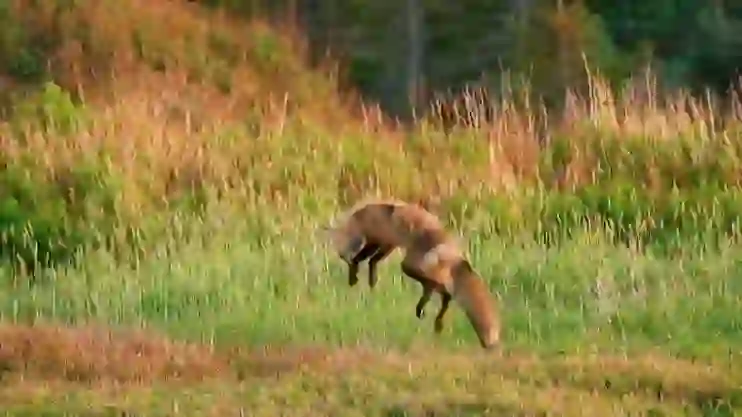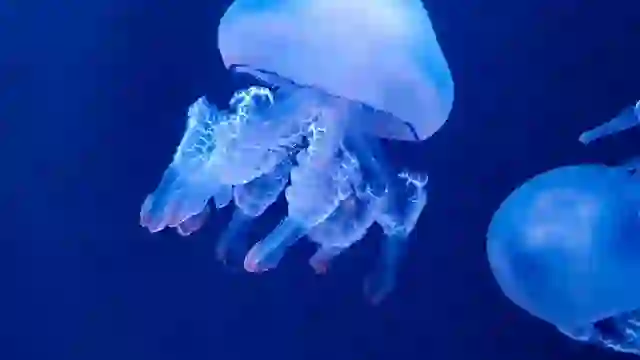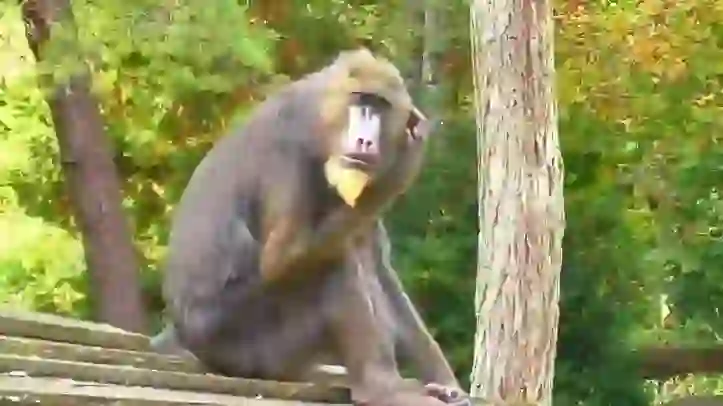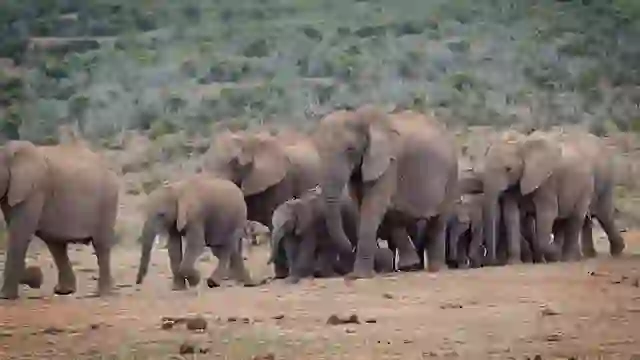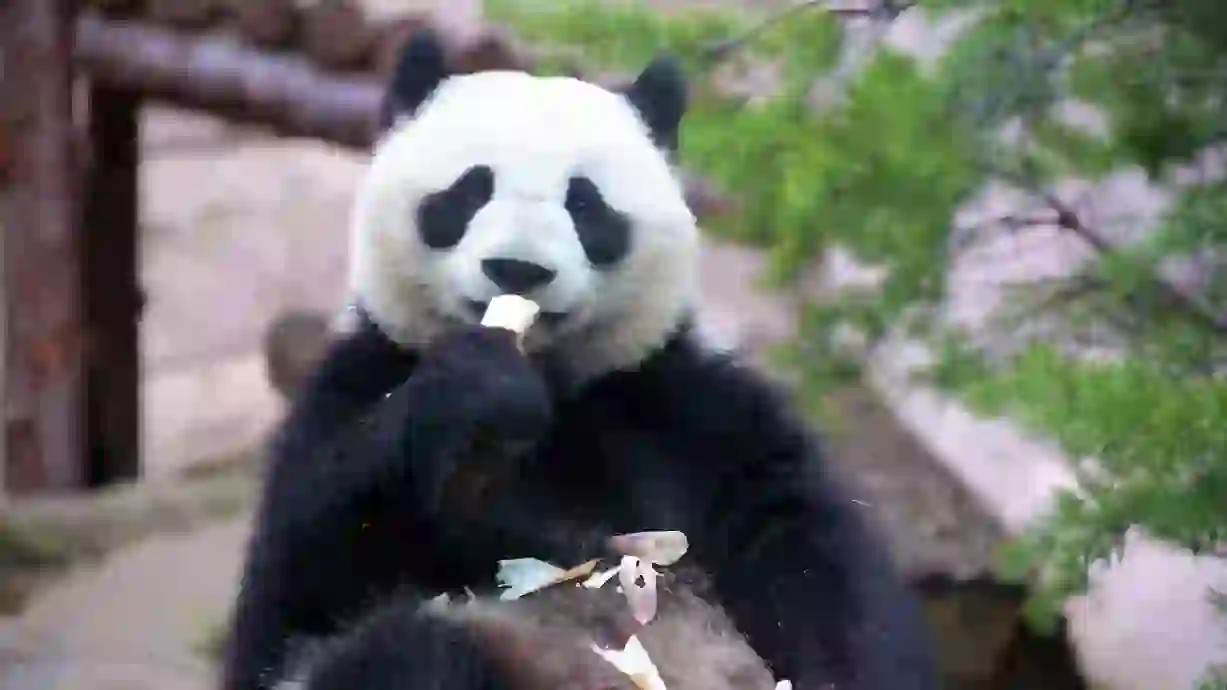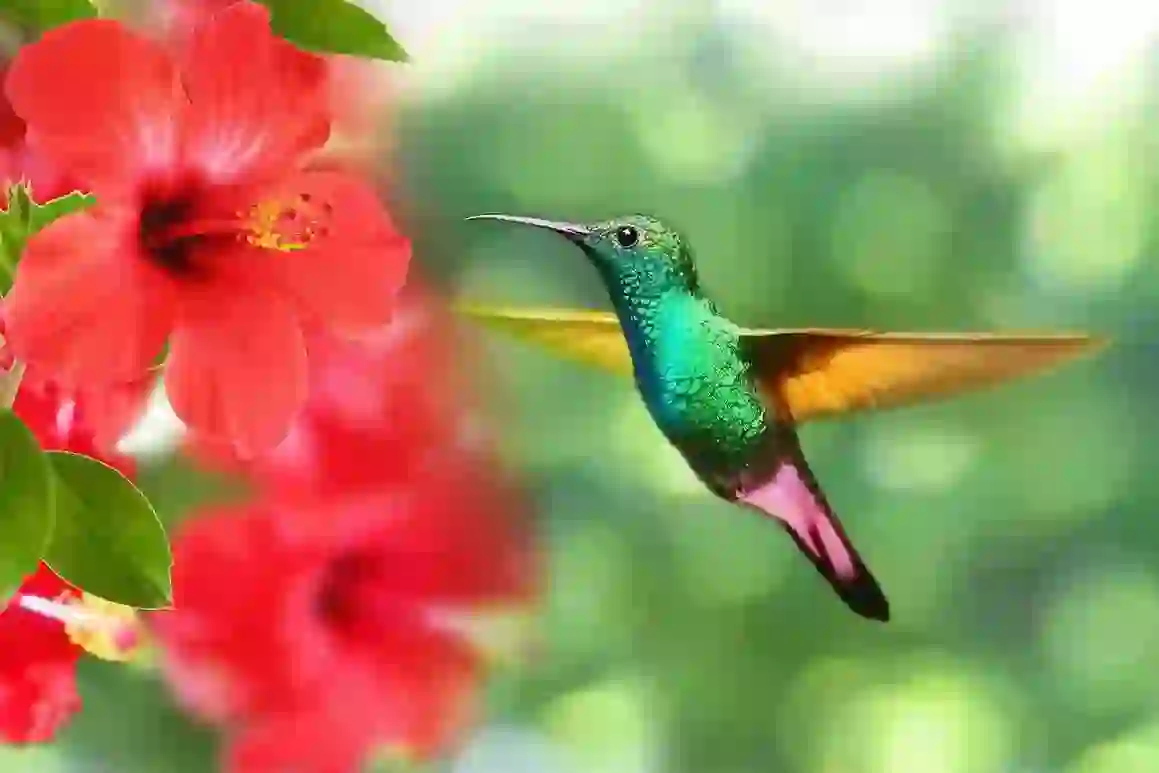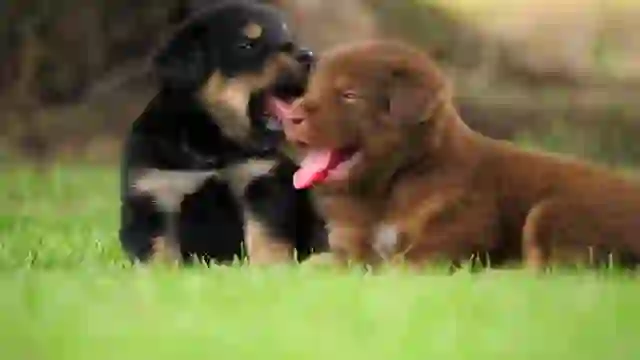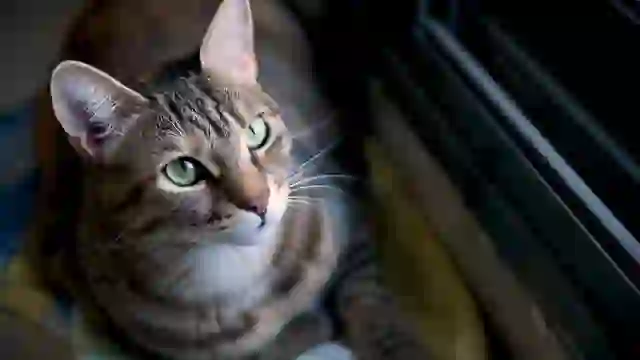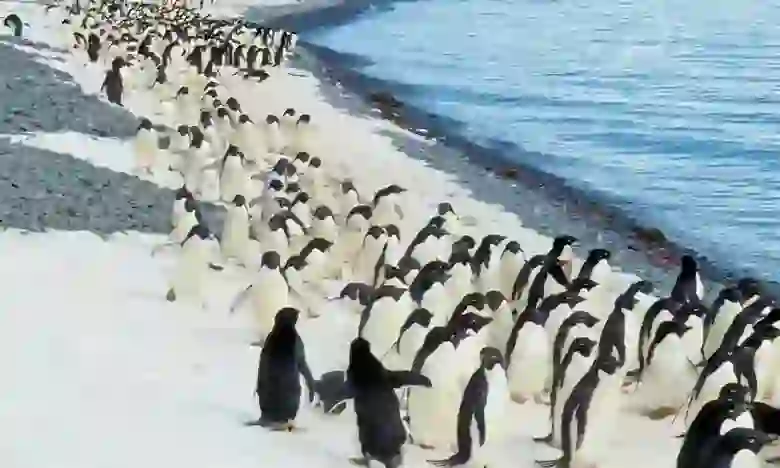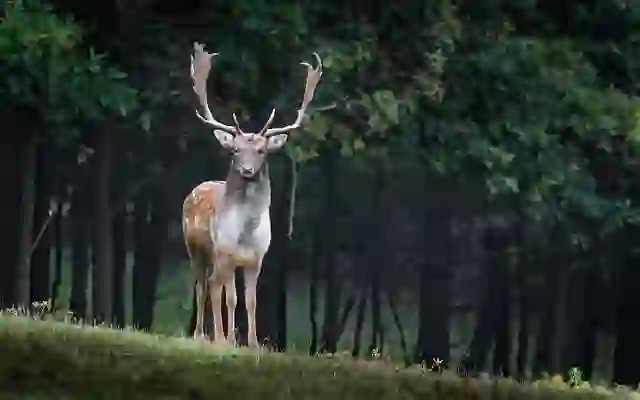
Rufous Hare-wallaby
Rufous Hare-wallaby
Rufous Hare-wallaby
In the arid regions of Australia, a small kangaroo hops around like a rabbit. This is the rufous hare-wallaby. They are nocturnal and solitary, grazing on grasses and seeds. Let's explore the ecology of the rufous hare-wallaby and the challenges they face.
Rufous Hare-wallaby Basic Infomation
_2.webp?alt=media)
| Property | Value |
|---|---|
| Scientific Name | Lagorchestes hirsutus |
| Taxonomic Status | ACCEPTED |
| Rank | SPECIES |
| Vernacular Names | Rufous Hare-wallaby |
| Kingdom | Animalia |
| Phylum | Chordata |
| Class | Mammalia |
| Order | Diprotodontia |
| Family | Macropodidae |
| Genus | Lagorchestes |
| Habitats | Arid regions of Australia |
| Conservation Status | Near Threatened (NT) |
_2.webp?alt=media)
Size
They measure about 16 inches (40 centimeters) in body length, with a tail about 14 inches (35 centimeters) long. They weigh about 3.5 pounds (1.6 kilograms). They are one of the smaller wallaby species. Males are slightly larger than females.
_2.webp?alt=media)
Lifespan
Their lifespan in the wild is estimated to be about 5 to 8 years.
_2.webp?alt=media)
Distribution
They were once widely distributed across the arid regions of Australia, but their numbers have drastically declined, and they are now found only on Bernier and Dorre Islands in Western Australia, and in the Tanami Desert in the north.
Rufous Hare-wallaby Q&A
_2.webp?alt=media)
What kind of wallaby is the rufous hare-wallaby?
The rufous hare-wallaby is a species of wallaby belonging to the genus Lagorchestes.
They are named for their reddish-brown fur around their hips. In English, they are called 'rufous hare-wallabies.' 'Rufous' means 'reddish-brown,' and 'hare' refers to their rabbit-like hopping gait. They are nocturnal and solitary, grazing on grasses and seeds. They are very shy and will quickly hide in the bushes when they sense danger, making them difficult to spot in the wild.
_2.webp?alt=media)
What do rufous hare-wallabies eat?
Rufous hare-wallabies are herbivores, mainly eating grasses, seeds, and fruits.
They are adapted to living in arid environments and can survive for long periods without drinking water. This is because they can obtain moisture from the plants they eat. They also conserve water by concentrating their urine.
_2.webp?alt=media)
[Quiz!] Why are rufous hare-wallaby numbers declining?
The rufous hare-wallaby is listed as 'Near Threatened' (NT) on the IUCN (International Union for Conservation of Nature) Red List.
This means that they are at high risk of becoming an endangered species in the near future. Their numbers are declining due to three main reasons:
・Habitat loss: Human development, particularly land clearing for agriculture and livestock grazing, is destroying their habitat in the arid zones.
・Impact of introduced species: Introduced species, such as foxes and cats, prey on them and compete with them for food.
・Bushfires: Bushfires are frequent in Australia and can destroy their habitat.
To protect rufous hare-wallabies, it is crucial to conserve their habitat, control introduced species, and prevent bushfires.
_2.webp?alt=media)
[Quiz!] What is being done to protect rufous hare-wallabies?
Various efforts are being made to protect rufous hare-wallabies by the Australian government and international conservation organizations, such as WWF.
These efforts include:
・Establishment of protected areas: Rufous hare-wallaby habitats are being designated as protected areas to ensure their safety.
・Control of introduced species: Efforts to control introduced species, such as foxes and cats, are ongoing to increase the survival rate of rufous hare-wallabies.
・Captive breeding programs: Zoos are breeding rufous hare-wallabies in captivity and are making attempts to reintroduce them into the wild.
・Public awareness campaigns: Efforts are underway to raise awareness about the plight of the rufous hare-wallaby and the importance of their conservation.
These efforts have been successful in increasing the rufous hare-wallaby population, but they are still not out of danger. To secure their future, continued conservation efforts and the understanding and cooperation of every individual are necessary.

Would you like to become a part of the 'Animalbook.jp'?
Turn your knowledge into Q&A and share it with the world. ※Publication will be activated after purchase. Let's share information together!
Rufous Hare-wallaby Type of List
_2.webp?alt=media)
Subspecies of the Rufous Hare-wallaby
- Western Rufous Hare-wallaby (Lagorchestes hirsutus hirsutus)
- Eastern Rufous Hare-wallaby (Lagorchestes hirsutus bernieri)
Information
Congratulations! You are the first commenter!

Create Your Favorite List!
Rufous Hare-wallaby
Save the animals you love! Build your own list to quickly revisit your favorites later.

Would you like to leave a comment?
※Please note: This is for the purchase of rights to post comments within the article.
Find Your Favorites!
Our shop offers a unique and attractive selection of goods themed around various animals.
Rufous Hare-wallaby References
Rufous Hare-wallaby Introduction of media used
_2.webp?alt=media)
Donald Hobern from Copenhagen, Denmark, CC BY 2.0, via Wikimedia Commons

Help Enrich Our Animalbook.jp with Your Media!
We are constantly looking to expand and enrich our Animalbook.jp with amazing photos and videos of animals. If you have any media that you'd like to share, please contribute and help us showcase the beauty and diversity of the animal kingdom. Your submissions will be credited and featured in our encyclopedia, reaching a wide audience of animal lovers.


